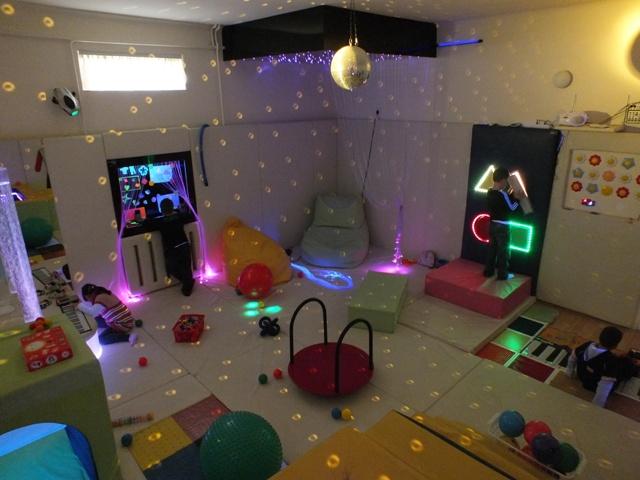Sensory Integration: The Importance of Sensory Integration in Special Education
Updated on: 10th March, 2025

Sensory integration plays a pivotal role in the holistic development of children with special needs. It refers to the process by which the brain organizes and interprets sensory input from the environment, enabling a child to respond appropriately to stimuli. In special education, understanding and addressing sensory integration challenges is essential for fostering effective learning and meaningful participation.
What is Sensory Integration?
Sensory integration involves the brain’s ability to process information received through the senses—sight, sound, touch, taste, smell, vestibular (balance), and proprioception (body awareness). When these systems work seamlessly, children can navigate their surroundings and perform daily activities with ease. However, for children with special needs, sensory processing difficulties can lead to behavioral, emotional, and academic challenges.
The Role of Sensory Integration in Special Education
Enhancing Learning Readiness
- Sensory integration interventions help regulate a child’s arousal levels, making them more focused and ready to learn.
- Activities such as deep-pressure therapy or sensory breaks can prepare children for academic tasks.
Promoting Social Interaction
- By addressing sensory sensitivities, children are better equipped to engage in social interactions.
- Structured sensory activities can encourage positive peer interactions in a controlled environment.
Improving Motor Skills
- Sensory integration therapy supports the development of both fine and gross motor skills, essential for tasks like writing, cutting, or climbing.
- It also helps children develop spatial awareness and coordination.
Reducing Behavioral Challenges
- Sensory processing difficulties often manifest as meltdowns or avoidance behaviors.
- Sensory integration strategies can help reduce these occurrences by addressing the root cause of discomfort or overstimulation.
Building Emotional Regulation
- Sensory integration enables children to identify and manage their emotions by creating a sense of security and balance.
- Tools like weighted blankets or fidget toys can provide calming input.
Strategies for Sensory Integration in Special Education
Sensory-Friendly Classrooms
- Create spaces with adjustable lighting, noise-canceling headphones, and textured materials to cater to diverse sensory needs.
Incorporating Sensory Activities
- Activities like swinging, jumping on a trampoline, or playing with textured materials can help children process sensory input effectively.
Collaborating with Occupational Therapists
- Work with professionals to design individualized sensory diets tailored to each child’s needs.
Using Assistive Tools
- Tools like therapy balls, resistance bands, and sensory mats can support sensory integration during learning activities.
Training Educators and Parents
- Equip teachers and parents with knowledge about sensory integration to ensure consistency between school and home environments.
Conclusion
Sensory integration is a cornerstone of effective special education practices. By addressing sensory processing challenges, educators can create environments where children feel secure, focused, and empowered to reach their full potential. Collaboration among teachers, parents, and therapists ensures a consistent and comprehensive approach to fostering sensory integration, paving the way for meaningful learning and development.
Ms.Poonam Talwar
Assistant Professor,
Faculty of Education
SGT University, Gurugram

